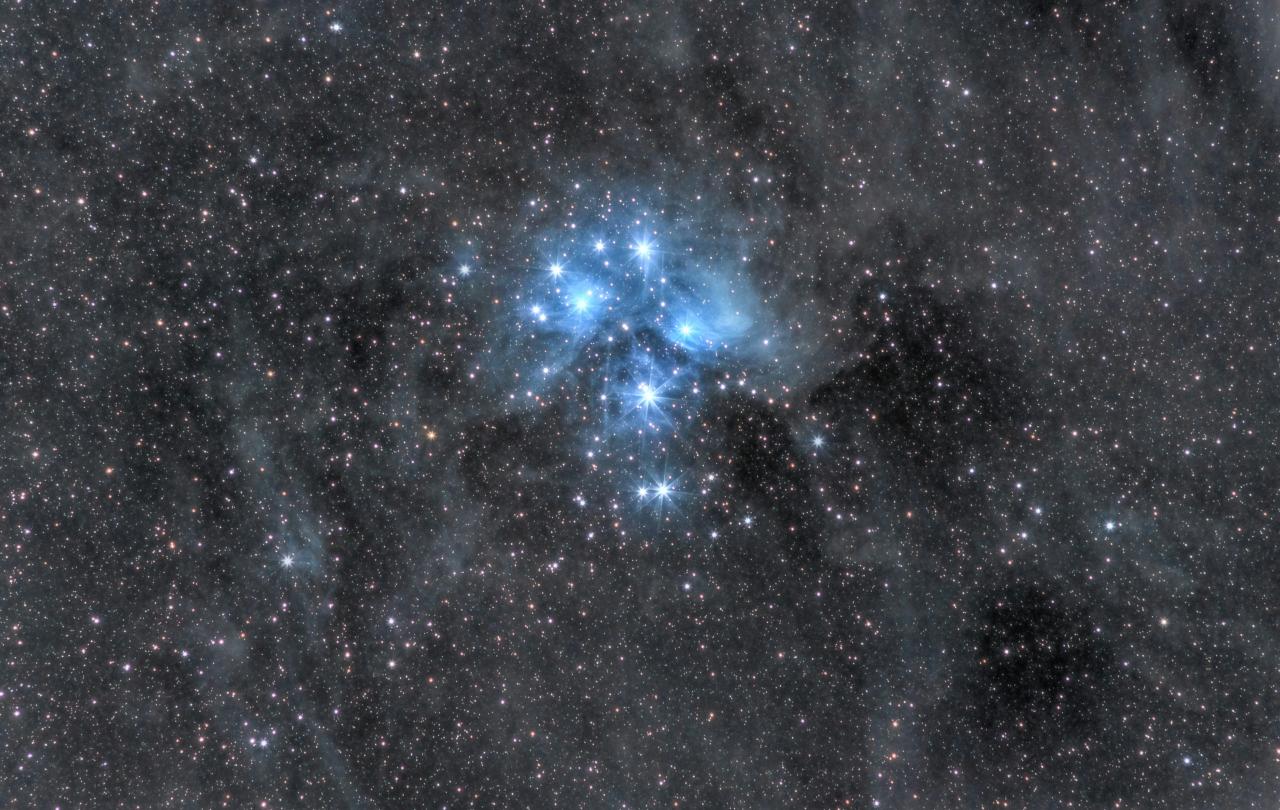
When two of Lamorna Ash’s university friends decided to leave behind their lives as standup comedians and train to become priests, Ash was fascinated. She interviewed them and wrote an essay about it for the Guardian but, by the time her piece came out, knew she was “not finished with Christianity.”
“Perhaps it was naive not to have anticipated how spending my days alongside two fresh converts… would have some cumulative effect on me,” she writes. “Through these encounters, it was as if the very corner of the sky had been pulled back. I couldn’t see what was going on behind it, but I understood it was there for them… they taught me how to believe in the belief of others… their stories became the starting point.”
And so Ash bought a second hand Toyota Corolla, stocked the glove box with CDs and set off on a Christian road-trip around the country that started with a Christianity Explored course and ended with a series of meetings with people who were consciously ‘dechurching’, taking in Catholics, Orthodox Christians, Quakers, Anabaptists and a YWAM community along the way. She books in ‘desert times’ on Iona; in Walsingham; at a silent Jesuit retreat. She walks, and talks, and tries to pray and thinks. Throughout her travels, Ash carried a ‘jokey’ question in the back of her mind to frame her research: could she become a Christian in a year?
The result of her quest is this book: tender, fascinating, moving, funny and beautifully written. Throughout my reading of Don’t Forget We’re Here Forever I kept thinking of people I would like to give it to, Christian and non-Christian alike. Ash has achieved a remarkable feat: to make faith and its pursuit a compelling subject regardless of whether you’re a believer or not.
Primarily, this is because she has not - joke question aside - set out with an agenda, other than to more fully understand what makes believers tick (and, she admits, because it is something to write about). Though she is scathing about Rico Tice, whom she finds performative and evasive, and finds the dogma of the Christianity Explored course too rigid and inflexible for her liking, she is sympathetic towards and interested in her fellow Christianity Explored small group companions - and is self-aware enough to admit that during this time she “played the worst version of myself: hackles raised, on alert, unable to let a conversation pass without some interjection”. Though she finds the intensity of Youth With A Mission’s community - along with the fact that many of the staff are married to each other - a bit much, she is individually drawn to some of the people who work there, and reflective about what and why they’re doing. As someone who has grown up with faith, it is fascinating to see what we often take for granted held up to scrutiny by someone who is not there to be deliberately combative, but to try and understand.
“I am still too close to it to tell you definitively all the ways the encounters… changed me,” Ash writes. “What it felt like at the time, though, was that each conversation was leading me to places in my own mind I had never visited before.”
There are elements of Ash’s book I am intrigued by, but sceptical of: her suggestion, for example, that the Bible should not stop where it does, but might be continually added to, “like a divine Wikipedia, updated in perpetuity.” Her theological understanding is not, perhaps understandably, advanced. She is a self-confessed product of her era: young, progressive, queer, and her readings of and understandings of other people are framed through that lens.
But despite its failings, Don’t Forget We’re Here Forever remains compelling because of its curiosity - a curiosity that Ash wonders might be the place “where God exists”; its attempts, however stumbling, to understand faith rather than just dismiss it. It is an atheist Quaker who teaches Ash “how I might approach Christianity: it was supposed to be a challenge.” You will have to read it to learn where Ash herself ends up, but her book extends the challenge to those of us who might benefit from a similar scrutiny of what we believe - not to fall out of faith, but also to understand it, and God, more.
Celebrate our 2nd birthday!
Since Spring 2023, our readers have enjoyed over 1,000 articles. All for free.
This is made possible through the generosity of our amazing community of supporters.
If you enjoy Seen & Unseen, would you consider making a gift towards our work?
Do so by joining Behind The Seen. Alongside other benefits, you’ll receive an extra fortnightly email from me sharing my reading and reflections on the ideas that are shaping our times.
Graham Tomlin
Editor-in-Chief






